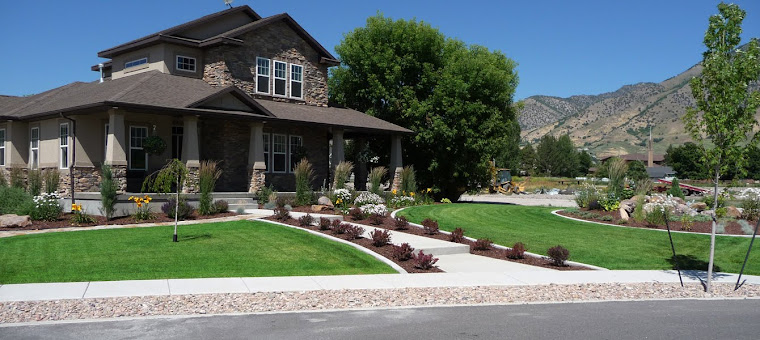 Do you think that a designer just sits down and comes up with good stuff right off?
Do you think that a designer just sits down and comes up with good stuff right off?I wish that was the case! More often than not the method of good design is more complex.
Most people who have some background in art know that good design incorporates ideas such as: symmetry, balance, form, color, texture
However those things don't really give you any ideas about what goes where. What most people rarely see is the science that goes into design. Lets just start off with a simple program matrix.
Program Matrix
 A program Matrix is a kind of graph that a designer will use to help them make decisions about what goes where.
A program Matrix is a kind of graph that a designer will use to help them make decisions about what goes where.Down one side is a list of program elements, such as : Barn, Home, Formal Gardens, Courtyard, etc. Then across the top are those same elements listed in reverse. One elements is then judged against the other element in the next column. For example in an adjacency matrix; the home will be judged against the barn. Should these two elements share proximity or is it more desirable if they are farther apart?
Sometimes there is no right answer, however it forces the designer to think about all the details that may have been overlooked if a matrix was not completed.
This matrix then becomes a powerful design tool during the next stage.... Bubble Diagrams!



